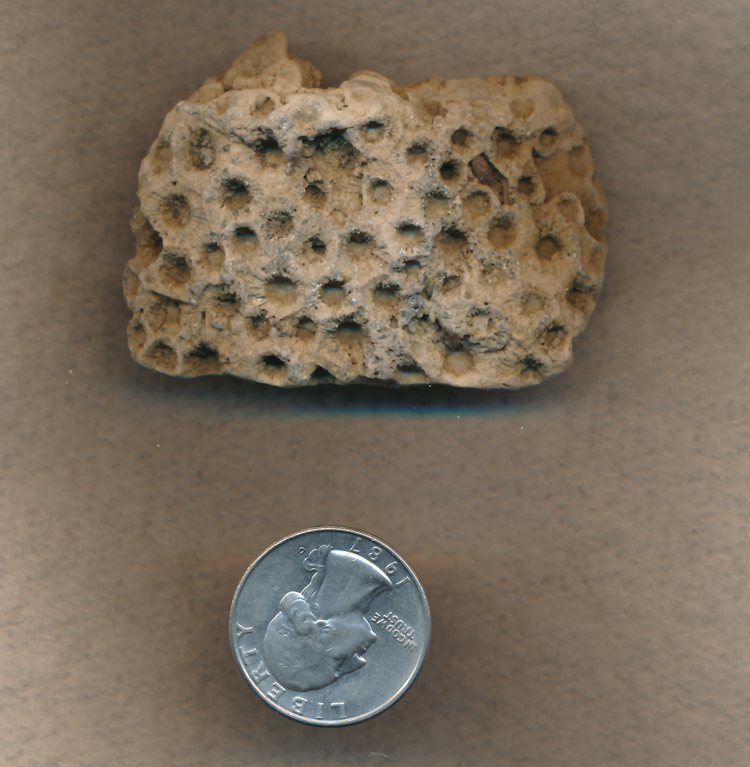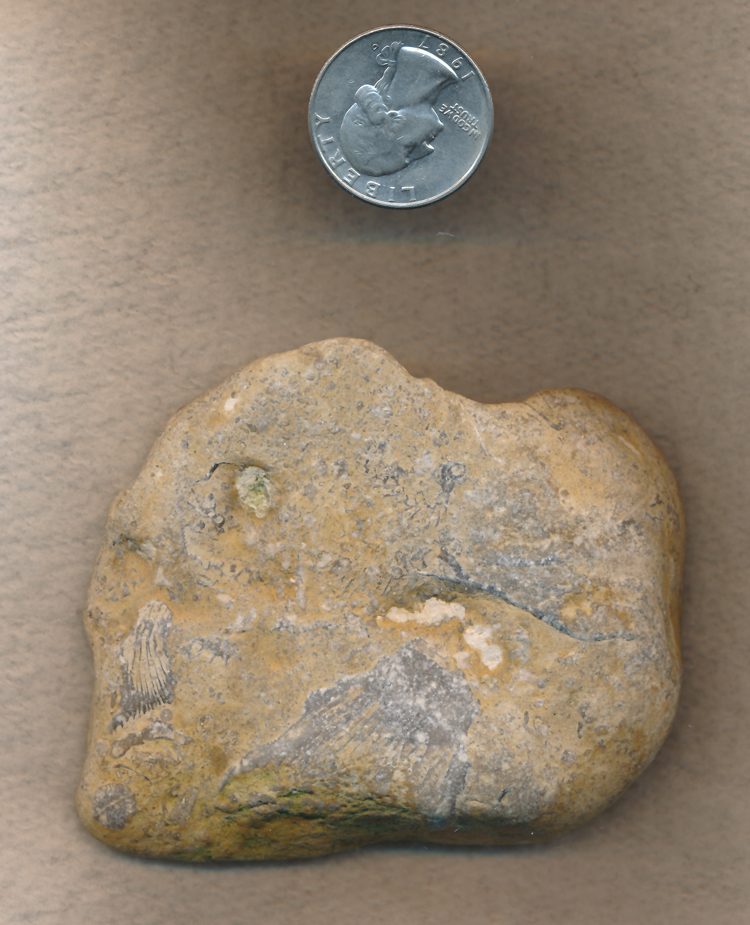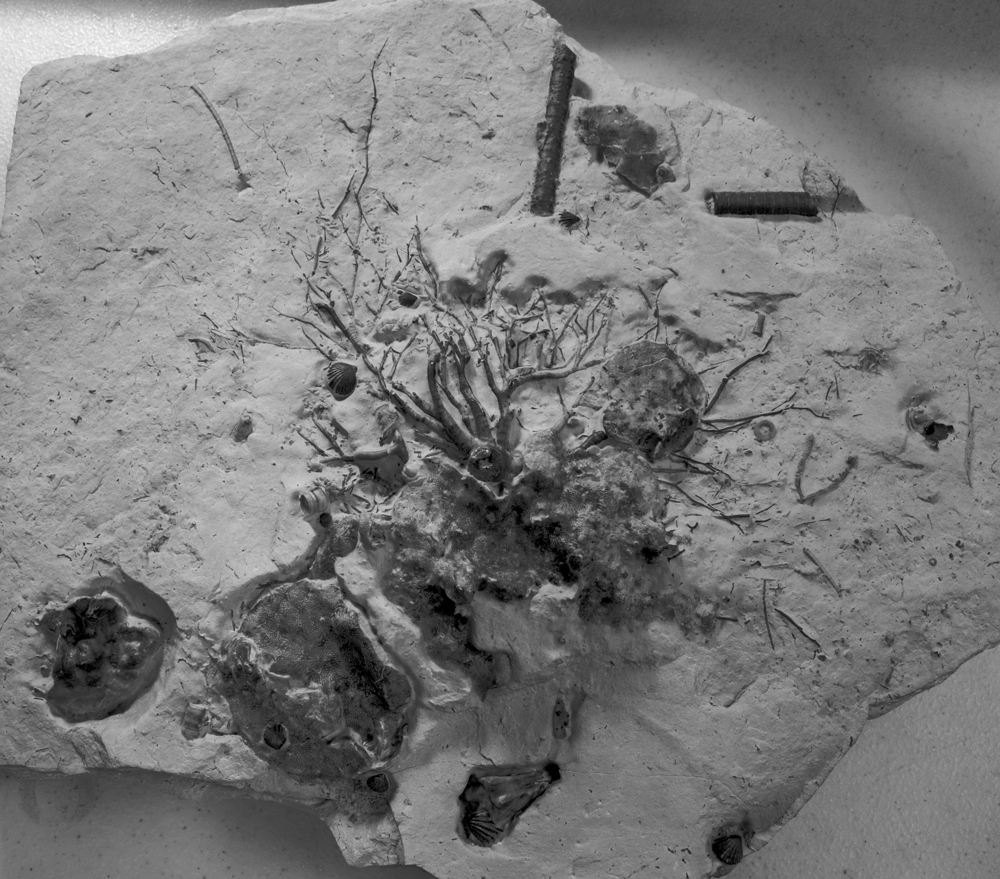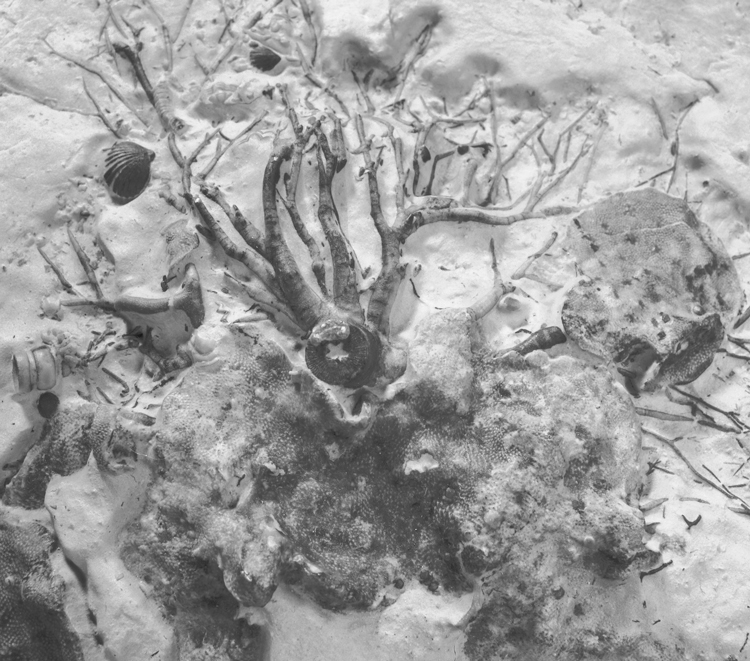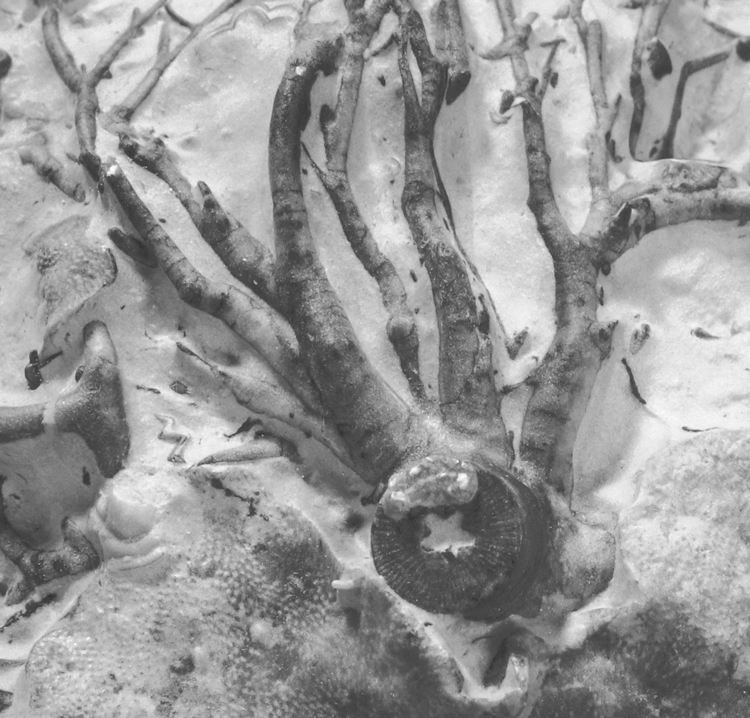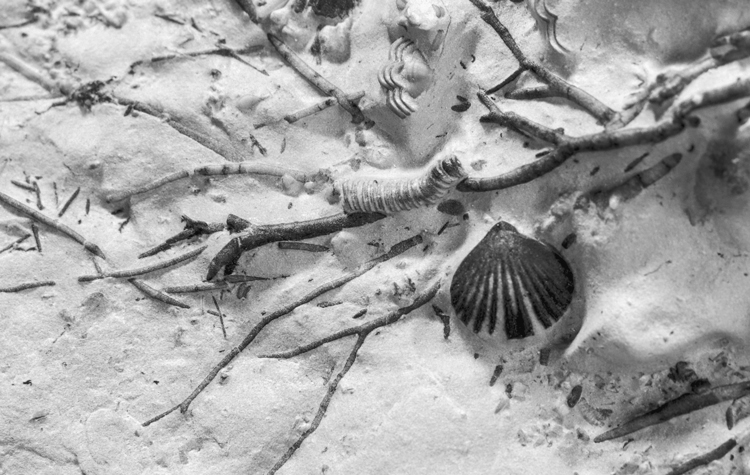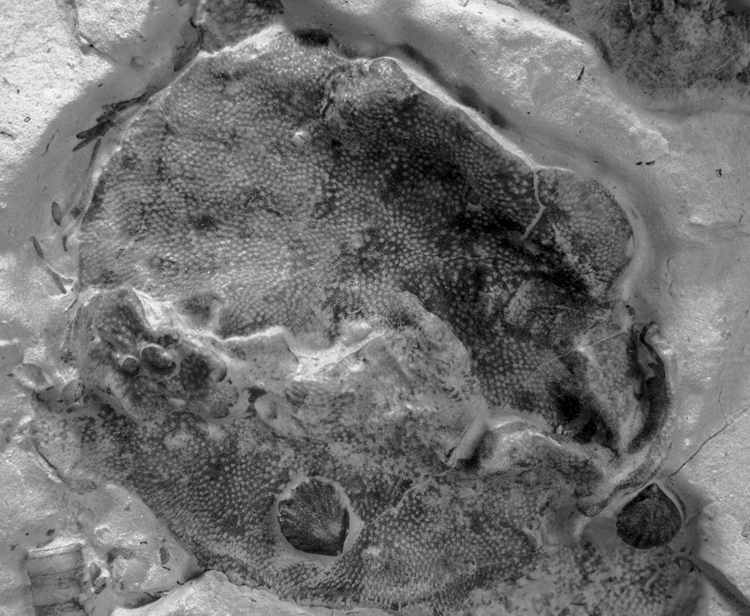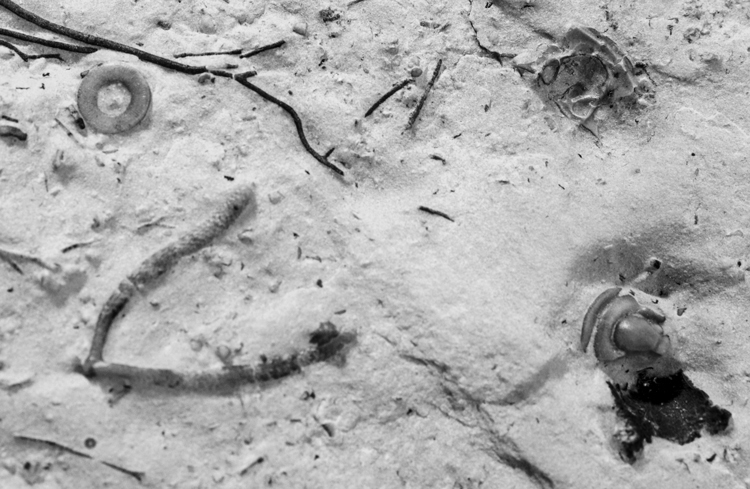Silurian Fossils


Took some grandsons, Theo, 8, Luc, 6, and Josy, 9, fossil hunting northeast of Lafayette, IN. We had a great time wading in Deer Creek and found some interesting fresh water mussels, tiny toads, and a cliff full of cliff swallow nests. And we collected my first ever Silurian material. Not very impressive but one has to start someplace.
The Silurian Period opened 443 million years ago and lasted for 25 million years. The first terrestrial plants emerged near bodies of water.
